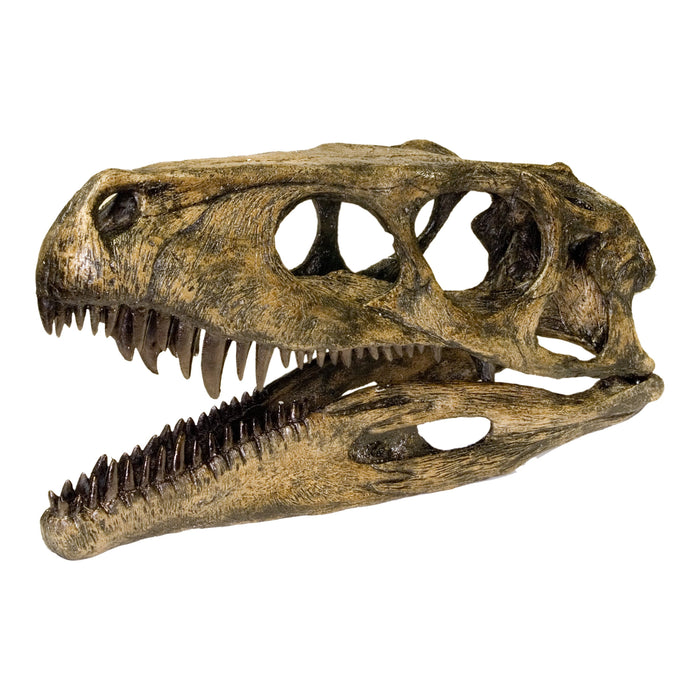🦕 The 5 First Dinosaurs: A Prehistoric Gallery
Dive deep into the fascinating world of the earliest dinosaurs that roamed Earth millions of years ago. This gallery highlights five pioneering species from the Late Triassic period, showcasing their unique traits, fossil discoveries, and evolutionary significance that laid the foundation for the dinosaur era.
Eoraptor – The Dawn Thief
Living around 231 million years ago in the Late Triassic of Argentina, Eoraptor is considered by paleontologists as one of the first true dinosaurs. This small, agile dinosaur measured about 1 meter long and weighed roughly 10 kilograms. Its omnivorous diet and mix of skeletal features bridging theropods and sauropodomorphs make Eoraptor a crucial species for understanding early dinosaur evolution in South America’s ancient ecosystems.
Herrerasaurus – The Triassic Predator
Herrerasaurus was one of the earliest large carnivorous dinosaurs, stalking the Late Triassic landscapes of South America around 231 million years ago. This predator, growing up to 6 meters in length, had razor-sharp teeth and a sleek body adapted for hunting. Fossil remains from Argentina help scientists study the rise of early theropod dinosaurs and their role as apex predators before the Jurassic boom.

Nyasasaurus – The Possible Oldest Dinosaur
Discovered in Tanzania, Nyasasaurus may be the oldest known dinosaur or a close dinosaur ancestor, dating back approximately 243 million years. While still debated, this species challenges traditional timelines by pushing the dinosaur lineage earlier into the Middle Triassic. Its fossil fragments offer valuable insights into the origins of dinosaurs in ancient African ecosystems.

Staurikosaurus – Early Triassic Carnivore
Staurikosaurus, living roughly 225 million years ago in present-day Brazil, was a small but fierce carnivore from the early Triassic period. Known for its speed and agility, Staurikosaurus contributes to understanding how early dinosaur species diversified and adapted to new ecological niches during this time of rapid evolutionary change.

Eodromaeus – The Swift Hunter
Around 231 million years ago in Argentina, Eodromaeus roamed as a small but swift theropod dinosaur. Its name means “dawn runner,” reflecting its speed and hunting ability. Fossils of Eodromaeus help paleontologists trace the development of early predatory traits in dinosaurs during the Late Triassic, highlighting the dynamic ecosystems of prehistoric South America.
No comments:
Post a Comment